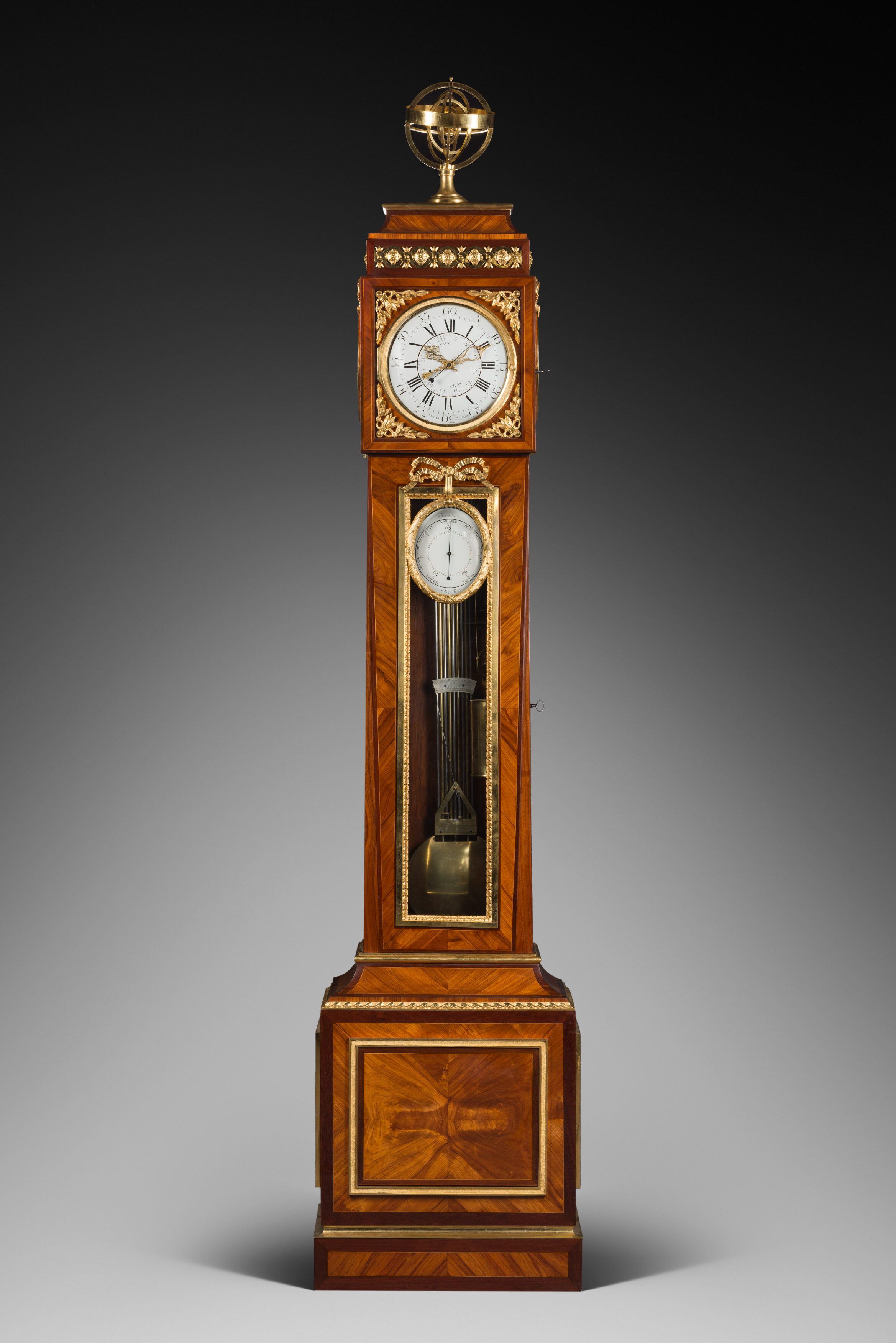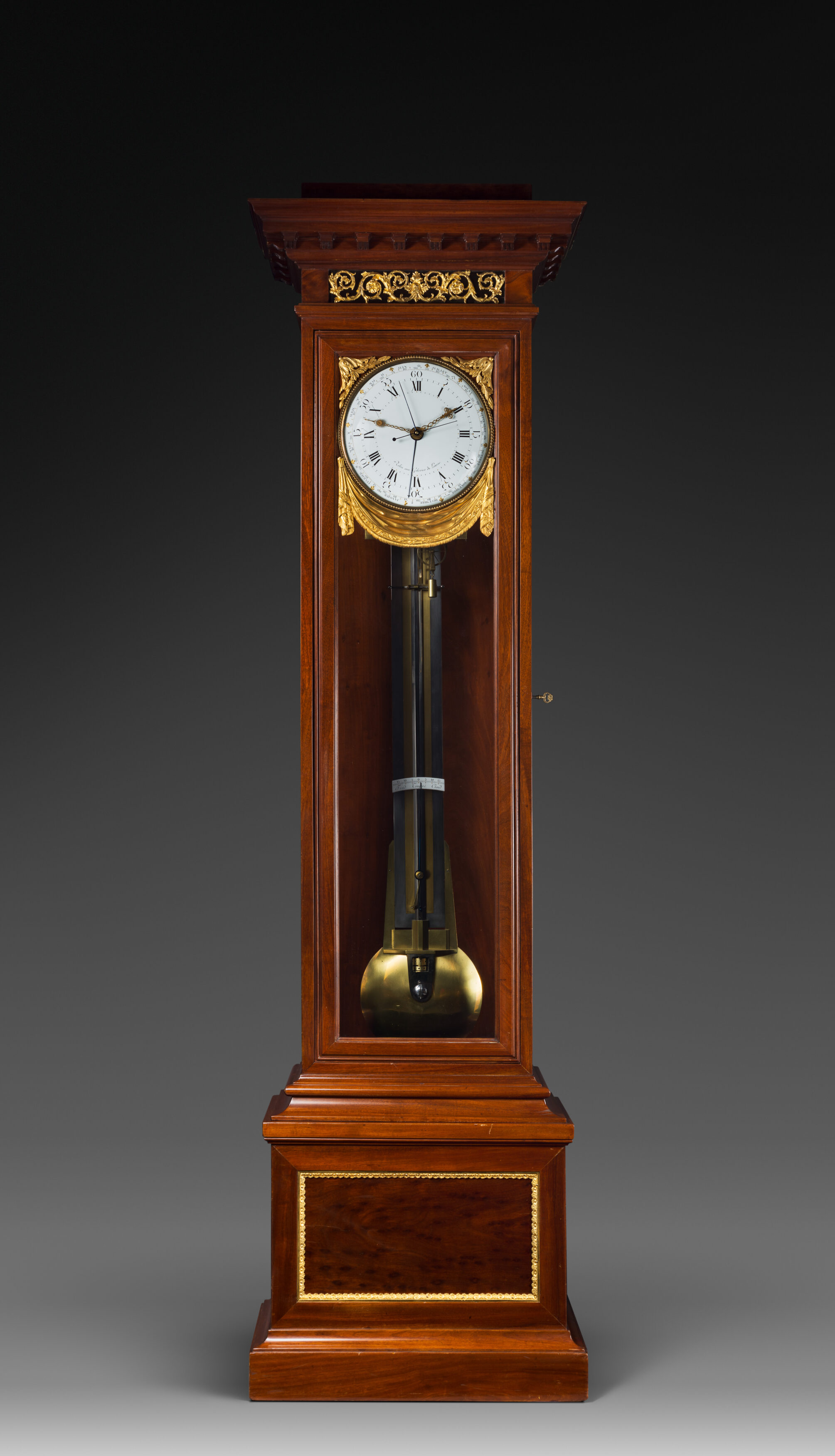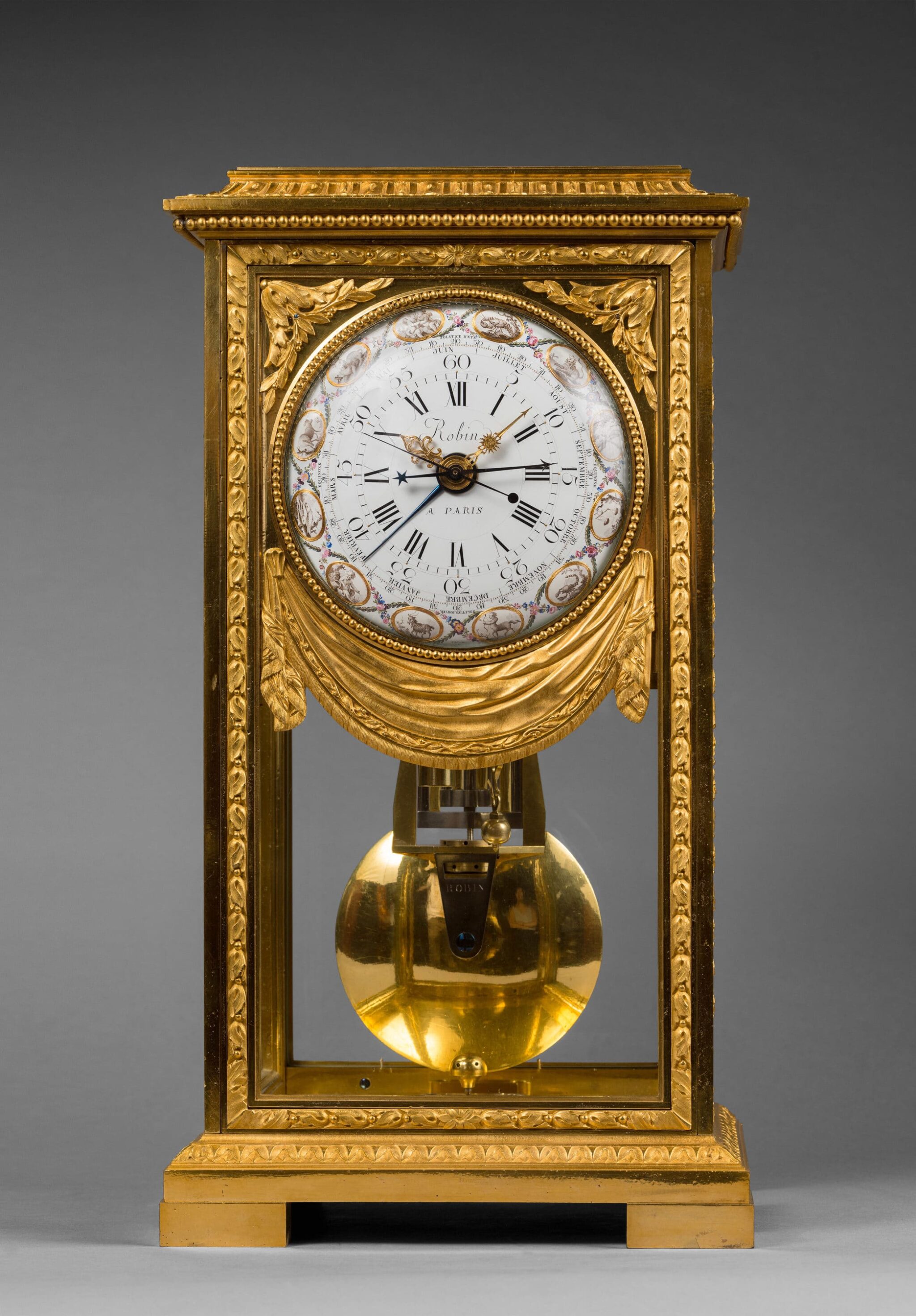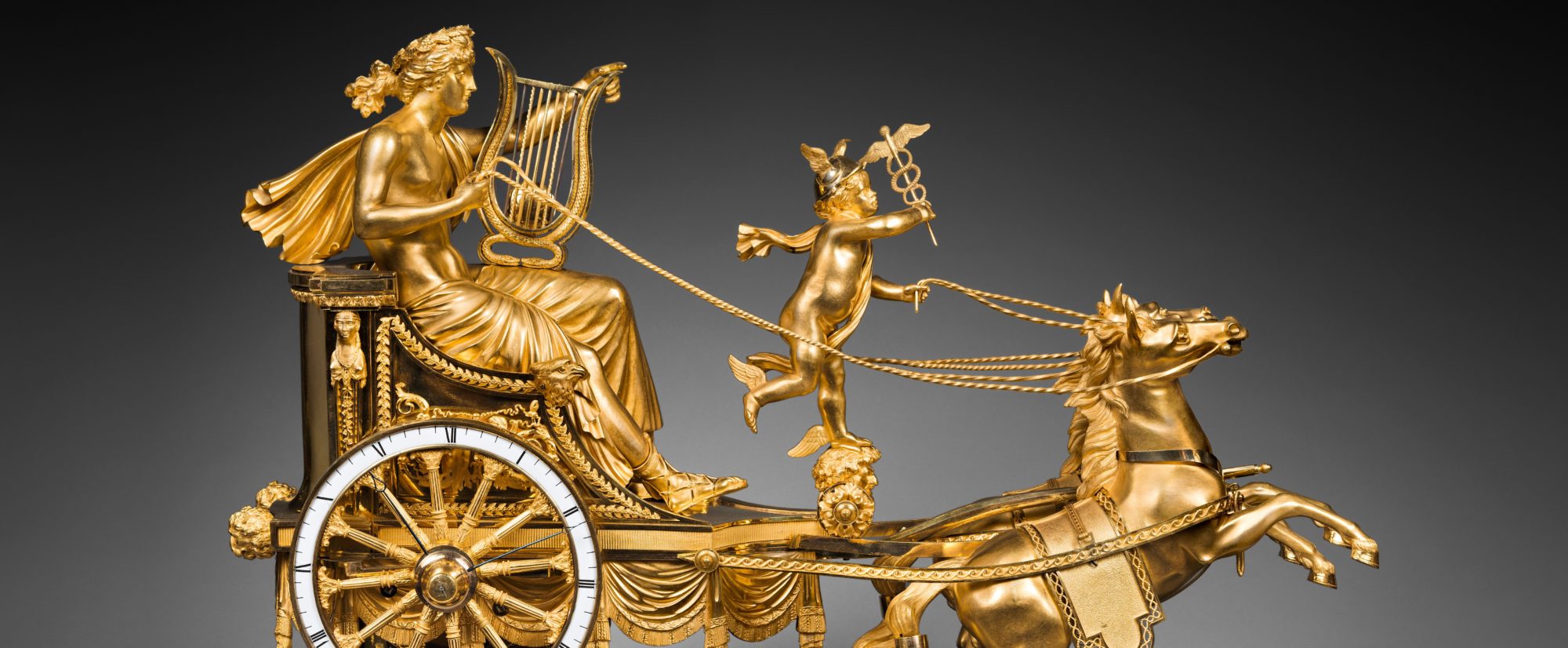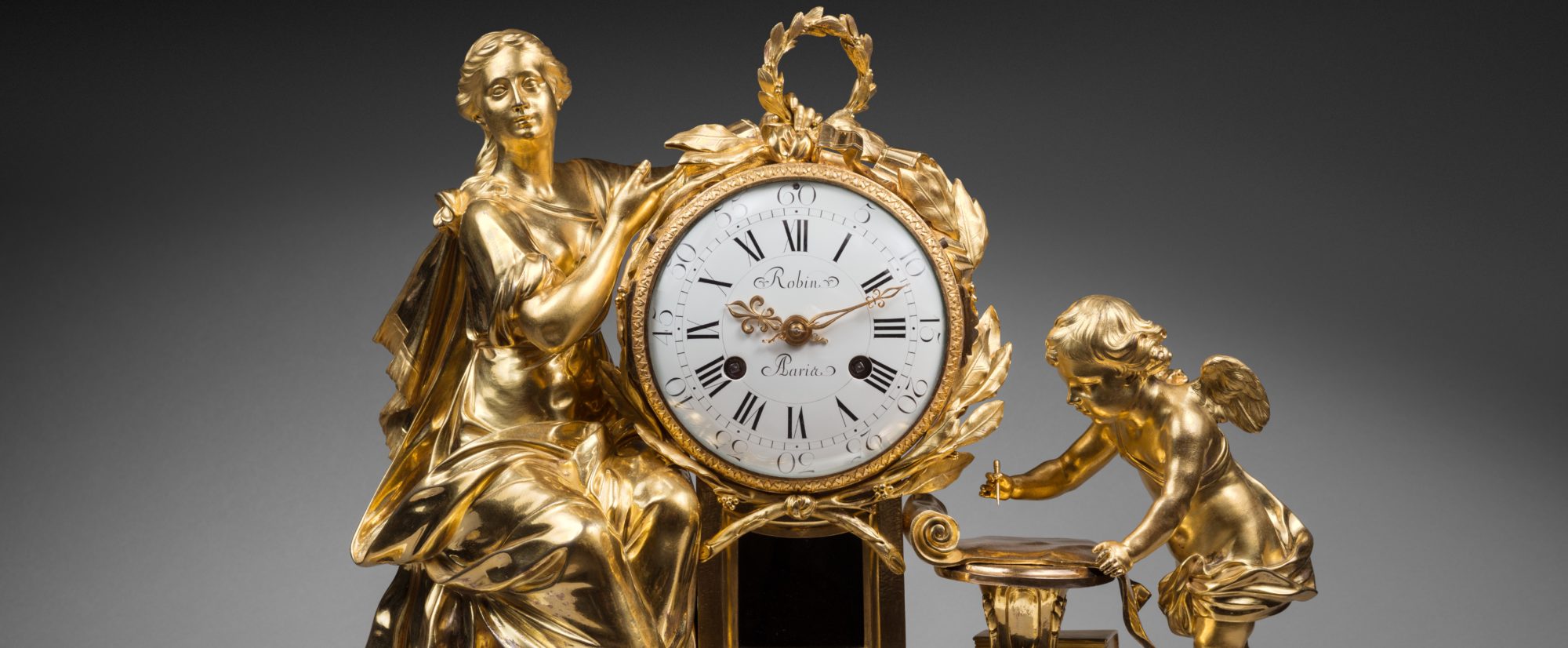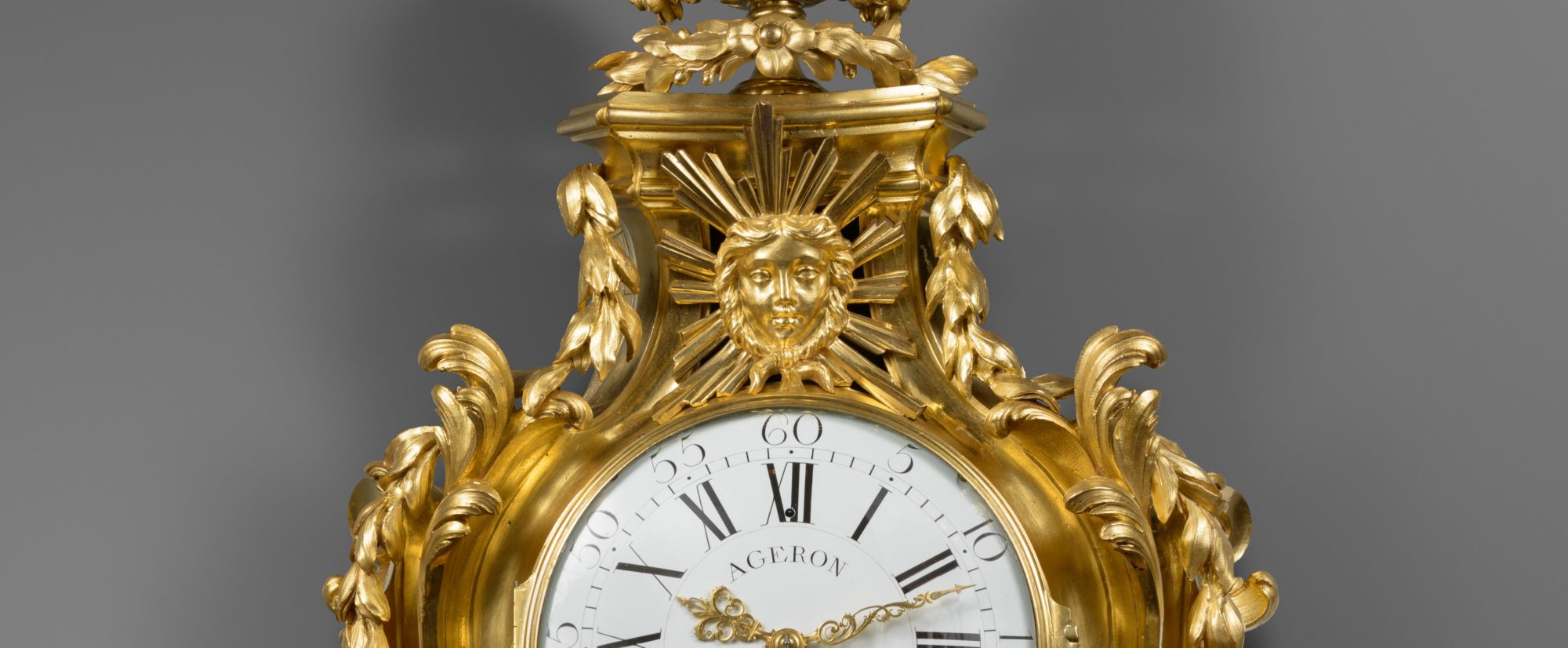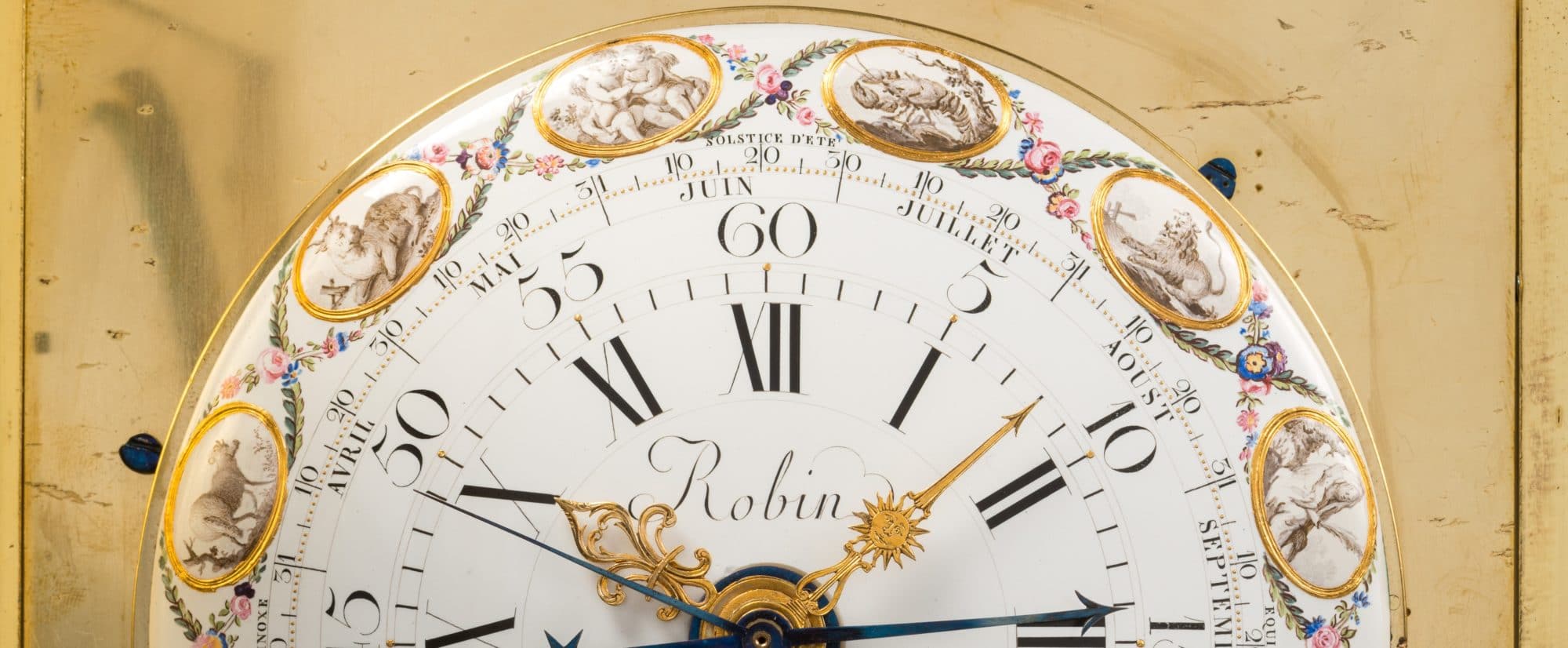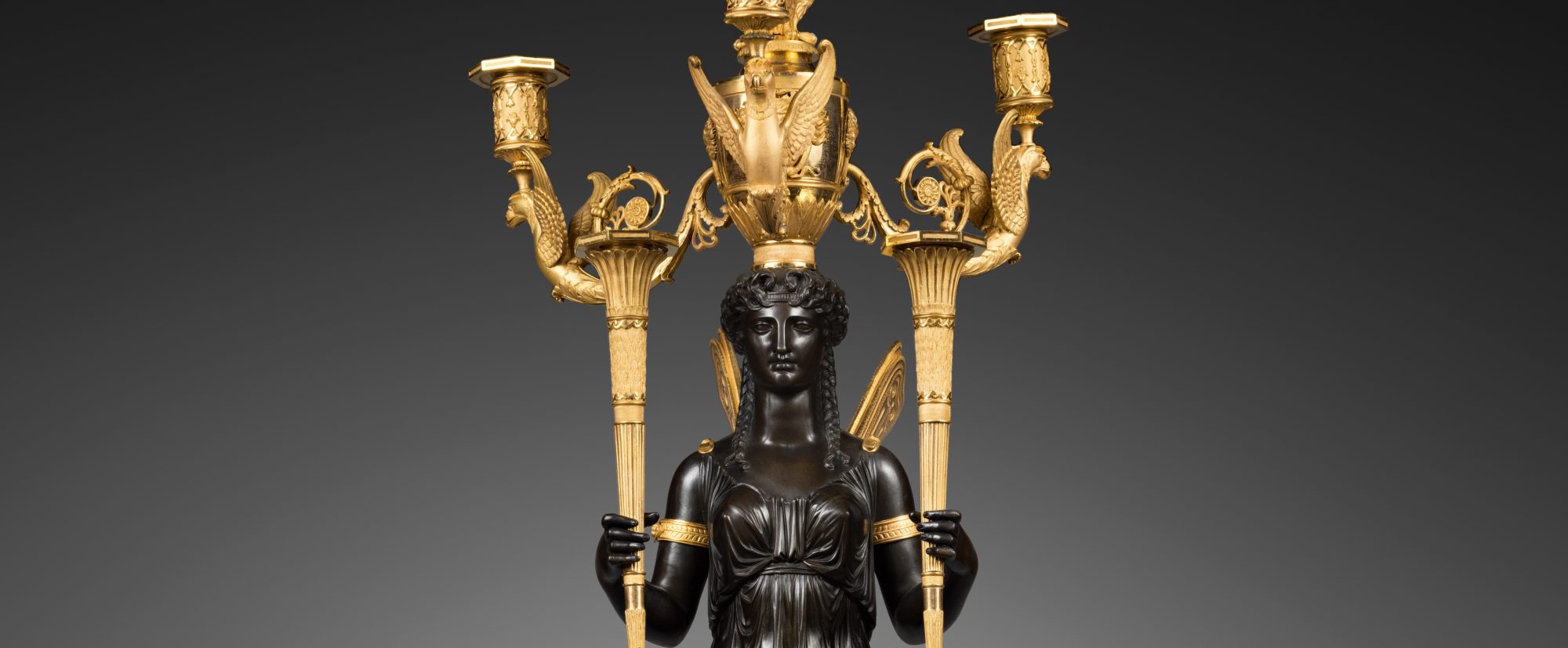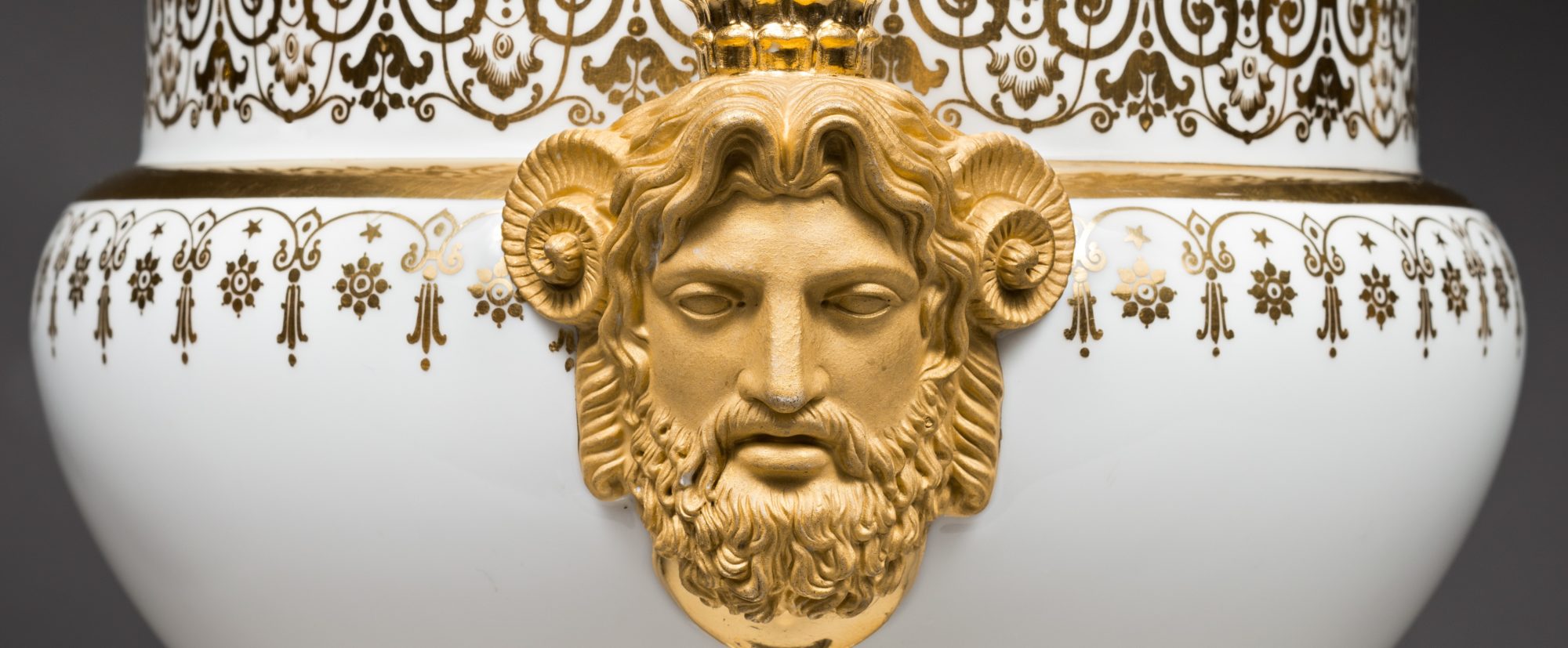Robert Robin
Horologist
Having become a master horologist in November 1767, he was one of the most important Parisian horologists of the last third of the 18th century. He received the honorary titles of Valet de Chambre-Horloger Ordinaire du Roi et de la Reine in 1783 and 1786. He enjoyed an extraordinary career, distinguishing himself by his exceptional contribution toward the improvement of time measuring instruments.
In 1778, the Academy of Sciences approved two of his inventions, one of which led to the construction of an astronomic clock with a meridian traced on a pyramid, which was acquired by the Menus Plaisirs for Louis XVI that same year; Robin published a very detailed historical and mechanical description of that clock. He also made mantel regulators with astronomic indications and compensation balance, of which the Marquis de Courtanvaux, a man of science and a great connoisseur of precision horology, was one of the earliest acquirers. During the Revolution he made decimal watches and clocks. He worked in the Grande rue du Faubourg Saint-Honoré (1772), the rue des Fossés-Saint-Germain l’Auxerrois (1775), the rue Saint-Honoré in the l’Hôtel d’Aligre (1778) and the Galeries du Louvre in 1786.
For his desk regulators, Robin chose very sober architectural cases, which look extraordinarily modern to contemporary viewers. He always worked with the finest artisans of the day, including the bronziers and chasers Robert and Jean Baptiste Osmond, Pierre Philippe Thomire, François Rémond and Claude Galle, the cabinetmakers Jean-Henri Riesener, Ferdinand Schwerdfeger and Adam Weisweiler, the enamellers Barbezat, Dubuisson, Merlet and Coteau for the dials, and Richard and Montginot for the springs.
Robert Robin’s two sons, Nicolas Robert (1775-1812) and Jean-Joseph (1781-1856), were also fine clockmakers and ably continued to run their father’s workshop.
Discover our entire collection of rare clocks on La Pendulerie Paris.
